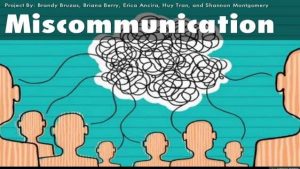
We always try to develop numerous linguistic programs and softwares to help students with learning their second language. However, we are often too focused on language issues, so we forget to consider cultural difference in language among different countries. Hymes (1996) emphasized that the learning of culture is part of language learning.
“Culture crucially influences the values of the community, everyday interaction, the norms of speaking and behaving, and the sociocultural expectations of an individual’s roles.”
(Hinkel, p. 395)
Cultural differences can heavily affect languages. For example, I use very indirect speech whenever I have to say no or deny something. Even in a workplace most Koreans are very indirect when they deliver negative messages. These messages would involve words and phrases like, “maybe, perhaps, possibly, I’m not sure, or probably”. The reason why Koreans speak this way is that they essentially do not want to offend or hurt others’ feeling, but many foreigners who work in Korea get easily confused and make mistakes from their own judgments on the messages.
On the other hand, in the United States, people are more direct in the workplace. Many Koreans have a hard time getting used to this straightforward manner of speaking. They often get offended and hurt at first. This is not a matter of understanding a certain language correctly, it’s a matter of appreciating cultural differences in language and communicating in an appropriate way.
As a researcher, we need to create not only mere linguistic language learning programs, but also soft wares where you can learn culturally different language nuances.